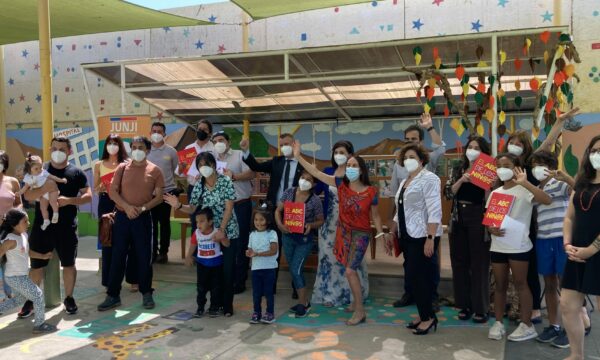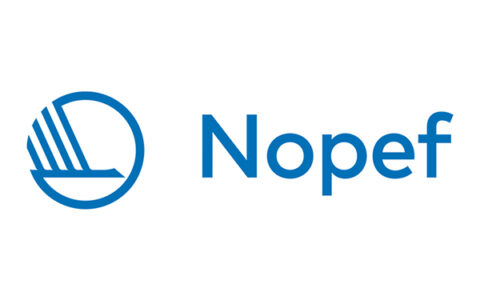31.08.2022 | Case story
Social Cities saved money and resources by recycling greywater in one of the driest places on Earth.
It is a place so dry NASA uses it to simulate the surface of Mars. The port city of Antofagasta in northern Chile averages less than a centimetre of rain annually and gets nearly all of its drinking water from desalination plants. Water is precious in Chile’s Atacama Desert, so it is the perfect place to test a solution that uses greywater to create green spaces.
Social Cities planned to reduce resource-intensive desalination by reusing ‘waste’ water in a circular solution. Denmark’s Social Cities received funding from Nopef for a feasibility study to see if their idea could work in Chile.
We can recover 100 litres of greywater per person every day, treat it with Scandinavian water technology and use it to irrigate 10 square metres of space
Nina Louise Jensen, Partner at Social Cities
Greywater can be a resource, not waste
“We need to have access to green spaces for our health and wellbeing,” explains Nina Louise Jensen, Partner at Social Cities. “The World Health Organization recommends a minimum of 9 square metres of Urban Green Space (UGS) per person, while 50 square metres is ideal. Today, Antofagasta only has 1.6 square metres of UGS per person.”
Social Cities used greywater: wastewater from laundry, showers, sinks, dishwashers and similar activities. Compared to blackwater, or sewage, greywater doesn’t need much treatment before it reaches healthy standards for reuse.
“We can recover 100 litres of greywater per person every day, treat it with Scandinavian water technology and use it to irrigate 10 square metres of space,” Jensen continues. “But we needed help to try it out, and the Copenhagen Business Hub recommended we talk to Nopef.”
Green flats and nursery schools
Social Cities is a great example of a cross-Nordic partnership with clear environmental benefit as well as economic potential. Jensen points out that a new park in the town costs USD 13,000 to irrigate every month using desalinated seawater. Recycling greywater only uses 6 per cent of the energy.
“Denmark is really strong on water technology, so it is great to see it being used internationally,” says Søren Berg Rasmussen, Investment Manager at Nefco. “This is a good business idea that can also improve people’s quality of life.”
Social Cities began by installing their system in two pilot projects. One was at a new block of flats with 269 units. Greywater was collected and recycled to irrigate a common park. The second was a renovation project at a nursery school with about 100 children.
“We removed the concrete floor and replaced it with a green mini forest,” says Jensen. “The same system was used but on a smaller scale. A green area is important for children because it can improve cognitive development.”


Saves money and energy
After receiving the funds from Nopef, Social Cities formed a 50-50 joint venture with Chilean Architecture and Human Rights. It is called Puri Global ApS (which means ‘clean water’ in the indigenous language of Atacama, Kunza). They work in close collaboration with the Swedish Environmental Research Institute. Puri Global are planning a third project in Chile and are also already considering other arid regions that could benefit from their solution, such as Spain and the Middle East.
“I would definitely recommend Nopef to other companies thinking about international expansion. The application process was quite simple and we received good guidance,” says Jensen. “Nefco can also help in other ways, like creating a network of partners. It is really nice to have support from the Nordics.”
Learn more about the Nopef application criteria and apply for funding
Text: David J. Cord
Case summary
